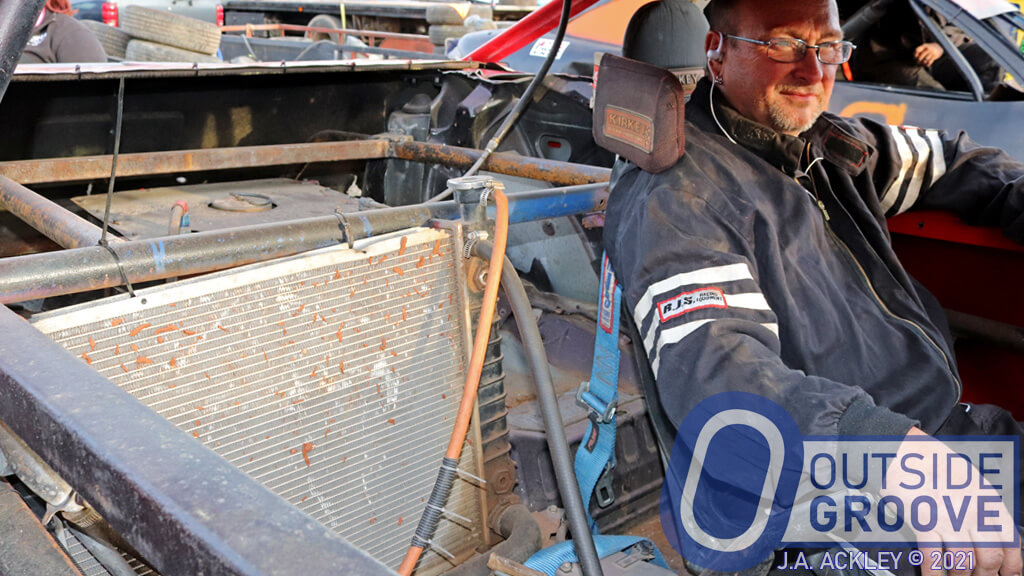Front-wheel-drive (FWD) veteran Rusty Colbaugh races with a ride-along buddy — a radiator. He added the secondary radiator to his Mitsubishi Eclipse for good reason.
“When I take out the heater box and heater core out of [the car], it doesn’t leave enough coolant,” said Colbaugh, 53, a FWD car builder and racer from Englewood, Tennessee. “The system [as it comes from the factory] has about three gallons of coolant. When you take [the heater box and core] out, it drops it down to about a gallon and a half, which is nowhere near enough to keep these cars cool.”
To connect the radiator in the cockpit to the coolant system, he installed T-fittings on the coolant hose. With the additional radiator, Colbaugh boosted his cooling system’s capacity to four gallons. He could have added on a tank to hold the additional coolant or an aftermarket radiator, but the stock one was more convenient and cost-effective for Colbaugh.
“I keep old, junk cars around, so I always have an extra radiator around,” Colbaugh said.
Some might have concerns about placing a receptacle full of hot fluid next to you while racing. However, Colbaugh would argue that’s one of the safest places to put the radiator as it’s well within the roll cage of the car.
“It doesn’t bother me,” said Colbaugh of the radiator’s location. “Most of the time, the inside radiator doesn’t get that hot. The car runs 125°F to 130°F. You could run the radiator in the back, but everybody likes to run over these cars and tear them up in the back.”
Rusty Colbaugh has raced for 41 years, since he was 12 years old. He typically competes at I-75 Raceway in Sweetwater, Tennessee, and occasionally at Mountain View Raceway in Spring City, Tennessee. He’s raced in a variety of classes, but has fun with the challenges that FWD racing offers.
“I enjoy building them more than racing them,” Colbaugh said. “I’ve got 14 here at the shop and there’s six at my house.”
The Outside Groove Executive Editor has covered motorsports since 2000. His many awards include the 2019 Eastern Motorsport Press Association (EMPA) Jim Hunter Writer of the Year and the 2013 Russ Catlin Award for Excellence in Motorsports Journalism.





